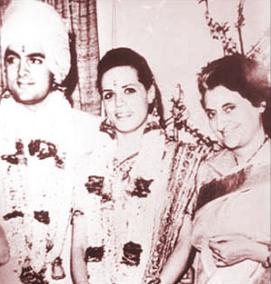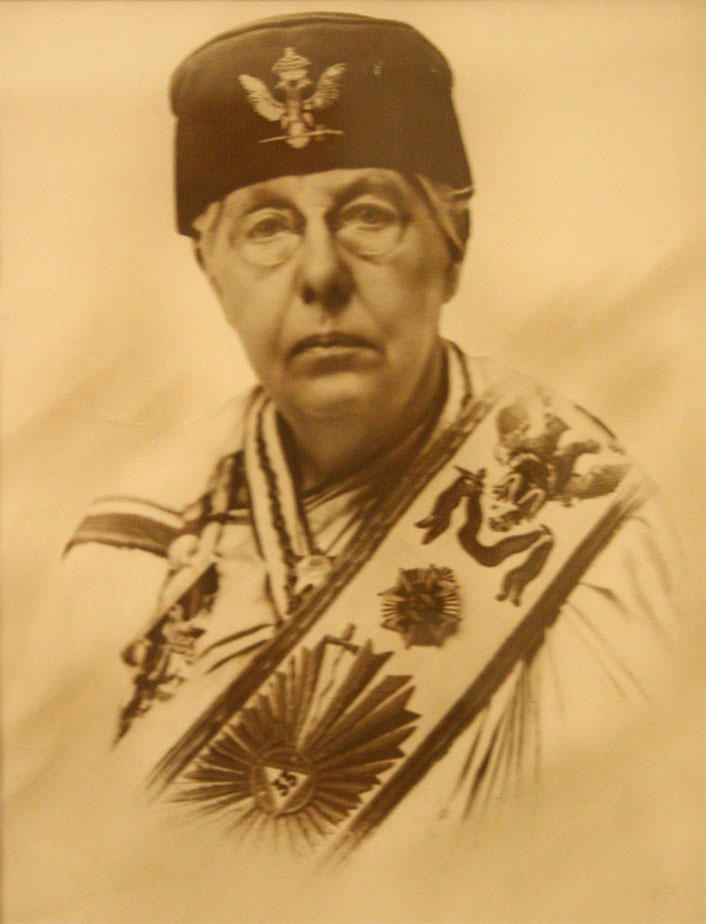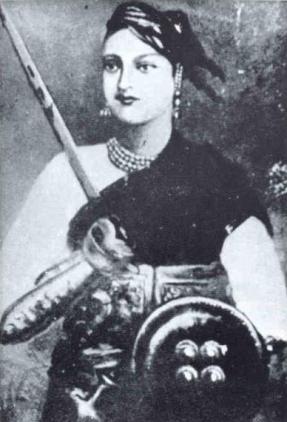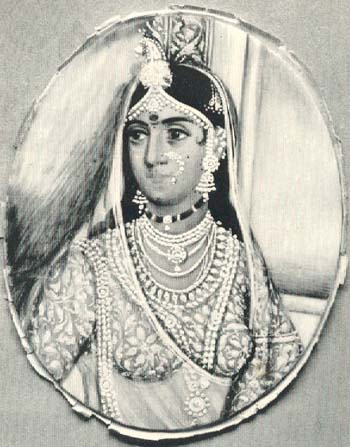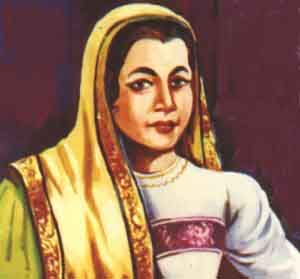She was born to a Maharashtrian family at Kashi (now Varanasi) in the year 1828. During her childhood, she was called by the name Manikarnika. Affectionately, her family members called her Manu. At a tender age of four, she lost her mother. As a result, the responsibility of raising her fell upon her father. While pursuing studies, she also took formal training in martial arts, which included horse riding, shooting and fencing. To know the complete life history of Rani Laxmibai of Jhansi, read on.
In the year 1842, she got married to the Maharaja of Jhansi, Raja Gangadhar Rao Newalkar. On getting married, she was given the name Lakshmi Bai. Her wedding ceremony was held at the Ganesh temple, located in the old city of Jhansi. In the year 1851, she gave birth to a son. Unfortunately, the child did not survive more than four months.
In the year 1853, Gangadhar Rao fell sick and became very weak. So, the couple decided to adopt a child. To ensure that the British do not raise an issue over the adoption, Lakshmibai got this adoption witnessed by the local British representatives. On 21st November 1853, Maharaja Gangadhar Rao died.


